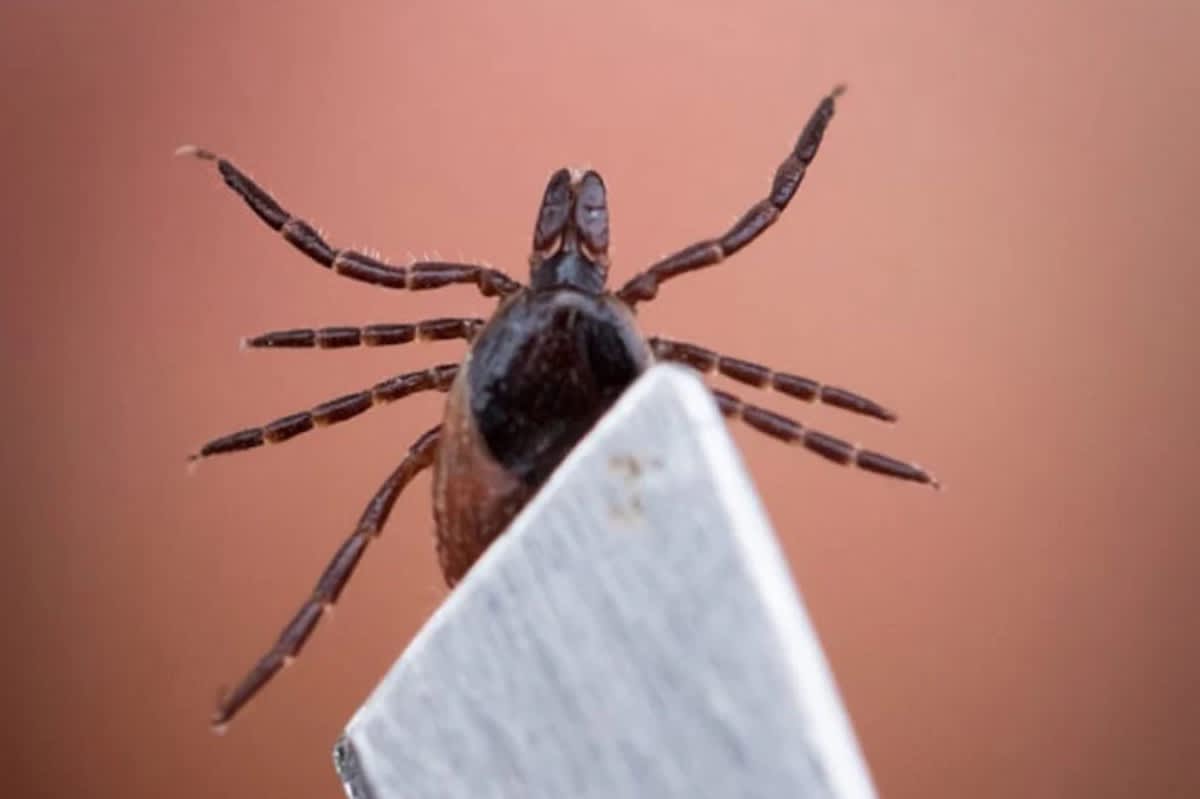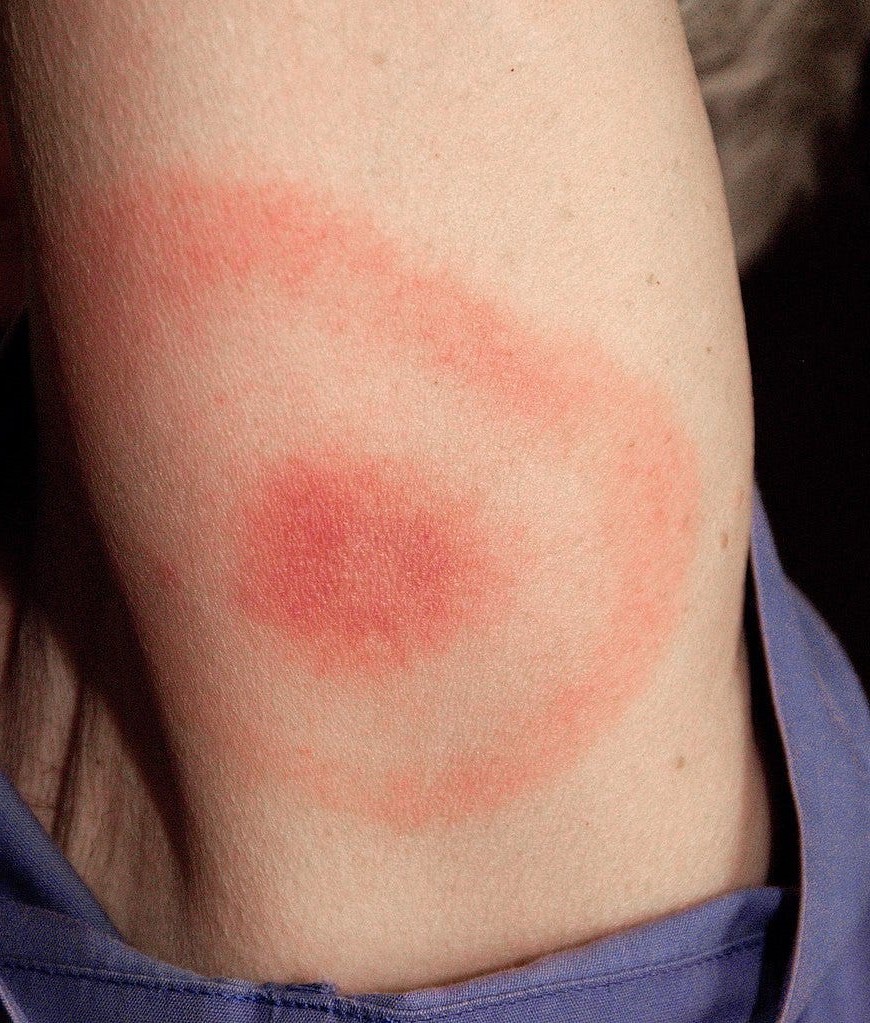
Keith Lusher 06.10.25

As temperatures rise during summer months, Americans face heightened risk from one of nature’s most persistent parasites: ticks.
While found nationwide, ticks thrive in the warm, humid climates of the central and eastern U.S. Summer’s heat and humidity create ideal breeding conditions, causing tick populations to explode.
Living in Louisiana, I’ve spent decades hunting and fishing in some of the most tick-infested woods imaginable. Louisiana’s subtropical climate creates perfect conditions for year-round tick activity, but especially during our long, humid summers. Through countless hours in the woods, I’ve learned to remove ticks quickly and treat bites effectively. These are crucial skills since these parasites can transmit tick diseases like Lyme disease, Rocky Mountain spotted fever, tularemia, and anaplasmosis. The stakes are high, as improper removal or treatment can lead to serious illness. The best method is preventing tick bites in the first place, but if that fails, this guide will help you safely remove them.
The first time I found a tick embedded in my daughter’s scalp after a camping trip, my hands were shaking. Even with years of experience removing them from myself, it’s different when it’s your child. But I took a deep breath, grabbed my tweezers, and remembered the golden rule: quick, calm action is key. Most tick-borne diseases require 24 to 72 hours of attachment before transmission occurs, so time is on your side if you act promptly. That said, don’t delay; some viruses, such as the Powassan virus, can transmit virus particles in under 15 minutes—so don’t delay!

The Right Way to Remove a Tick
- Get a good grip: Position the tweezers as close to the skin as possible. I learned the hard way that grabbing the tick’s body can squeeze infected fluids into the wound. After watching my hunting buddy develop a nasty infection from doing exactly that, I’ve been religious about gripping only at the head.
- Pull straight up with steady pressure: No twisting, no jerking. Think of it like removing a splinter. One smooth, firm pull usually does it. If the mouthparts break off (it happens), try to remove them with the tweezers. If you can’t, don’t panic. The skin will heal and push them out naturally.
- Clean everything thoroughly: I use rubbing alcohol on the bite area, the tweezers, and my hands. My grandmother always finished with a dab of antibiotic ointment, and I still follow her lead.
- Save that tick. This tip came from my doctor after a close call with Rocky Mountain spotted fever. I now keep small zip-lock bags in my first aid kit. Drop the tick in with a damp cotton ball, write the date on the bag, and save it. If symptoms develop, that tick can help doctors identify exactly what you’re dealing with.

How to Remove Without Tweezers
Sometimes you’re miles from the nearest pair of tweezers when you find an unwelcome passenger. Other older methods for removing ticks have been debunked for good reason. Either they took too long (when immediate removal is crucial for preventing disease transmission) or they risked injury from things like matches or hot metal. Fire burns skin as well as ticks, after all.
However, there is an alternative method I’ve used successfully many times: the cotton swab technique. All you need is a Q-tip, which most people have in their camping gear or vehicle first aid kit.
When you find an attached tick, grab a cotton swab and gently twirl it in tight circles around the bite area while lightly pulling at the tick. You’re not trying to yank the tick free. Instead, you’re encouraging it to release its grip and latch onto the swab. It usually happens within moments.
I discovered this method during a backcountry fishing trip when my tweezers were back at camp. Since then, I’ve removed dozens of ticks this way, and it’s invariably quick and painless. The best part? Since the tick detaches itself, you have virtually no risk of leaving mouthparts in the wound.
Of course, if the cotton swab method doesn’t work after a minute or two, don’t keep trying. Head to the nearest store for proper tweezers. The goal is quick removal, not perfection.
What NOT to Do
Every family seems to have their own tick removal “secret.” My uncle swore by touching them with a hot match head. My neighbor still dabs them with nail polish. Here’s the truth: these old remedies don’t work and often make things worse. I’ve seen ticks burrow deeper when people try to burn them off, and coating them with petroleum jelly just gives them more time to transmit disease while you wait for them to supposedly “back out.”
Treating the Bite and Watching for Trouble
After every tick encounter, I mark the date on my calendar and monitor the bite site for the next month. Most bites heal without issue, leaving nothing more than a small red bump that fades in a few days.
But twice in my life, things went differently. The first time, I developed what appeared to be a perfect bullseye rash about a week after a turkey hunting trip. The second time, three days after finding a tick behind my knee, I woke up with a fever and joints so stiff I could barely get out of bed. Both times, prompt medical attention and antibiotics effectively treated the infection before it could take hold.
Watch for these warning signs:
- An expanding rash, especially the telltale bullseye pattern
- Fever, chills, or unexplained fatigue
- Joint pain, particularly in the knees
- Severe headaches or neck stiffness
- Swollen lymph nodes near the bite

Prevention: Your First Line of Defense
After all these years in the Louisiana outdoors, I’ve developed a pre-adventure ritual. I treat my hunting clothes and boots with permethrin spray at the start of each season. Before heading into the woods, I tuck my pants into my socks and spray exposed skin with DEET repellent.
The real key is the post-adventure check. My wife and I have a system: full body inspection within two hours of getting home. Check everywhere, but pay special attention to the warm, hidden spots ticks love, such as behind the knees, along the waistband, in the armpits, behind the ears, and through the hairline.
The Bottom Line
Ticks are a fact of life for anyone who loves the outdoors, especially here in the South. But they don’t have to ruin your adventures or send you to the emergency room. Stay vigilant, act quickly when you find one, and know when to seek medical help. I’ve pulled hundreds of ticks off myself, my kids, and my hunting dogs over the years. With the right knowledge and a calm approach, you can handle them too.
Remember: the woods are waiting, and they’re worth the risk. Just be prepared.
Trending Products












